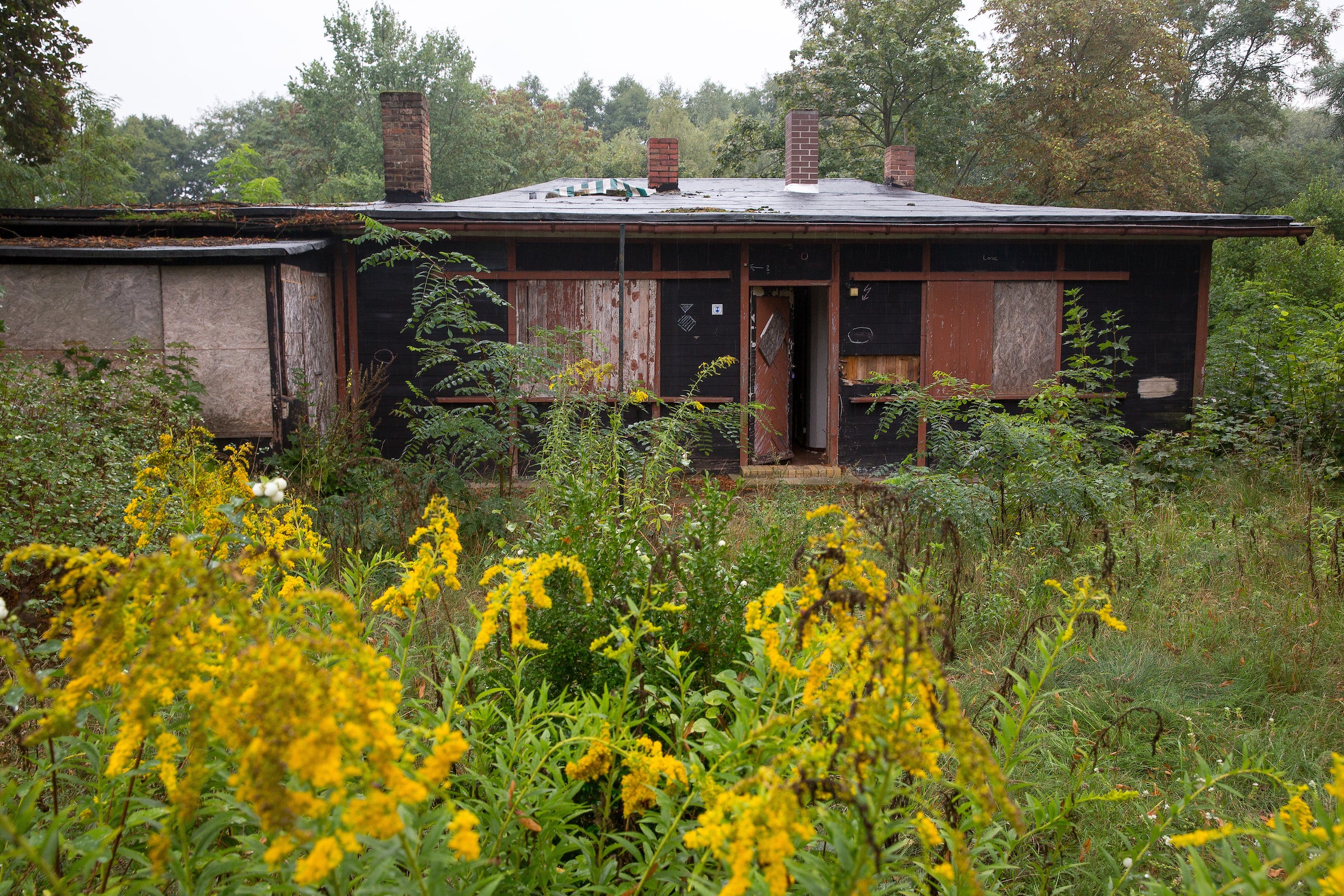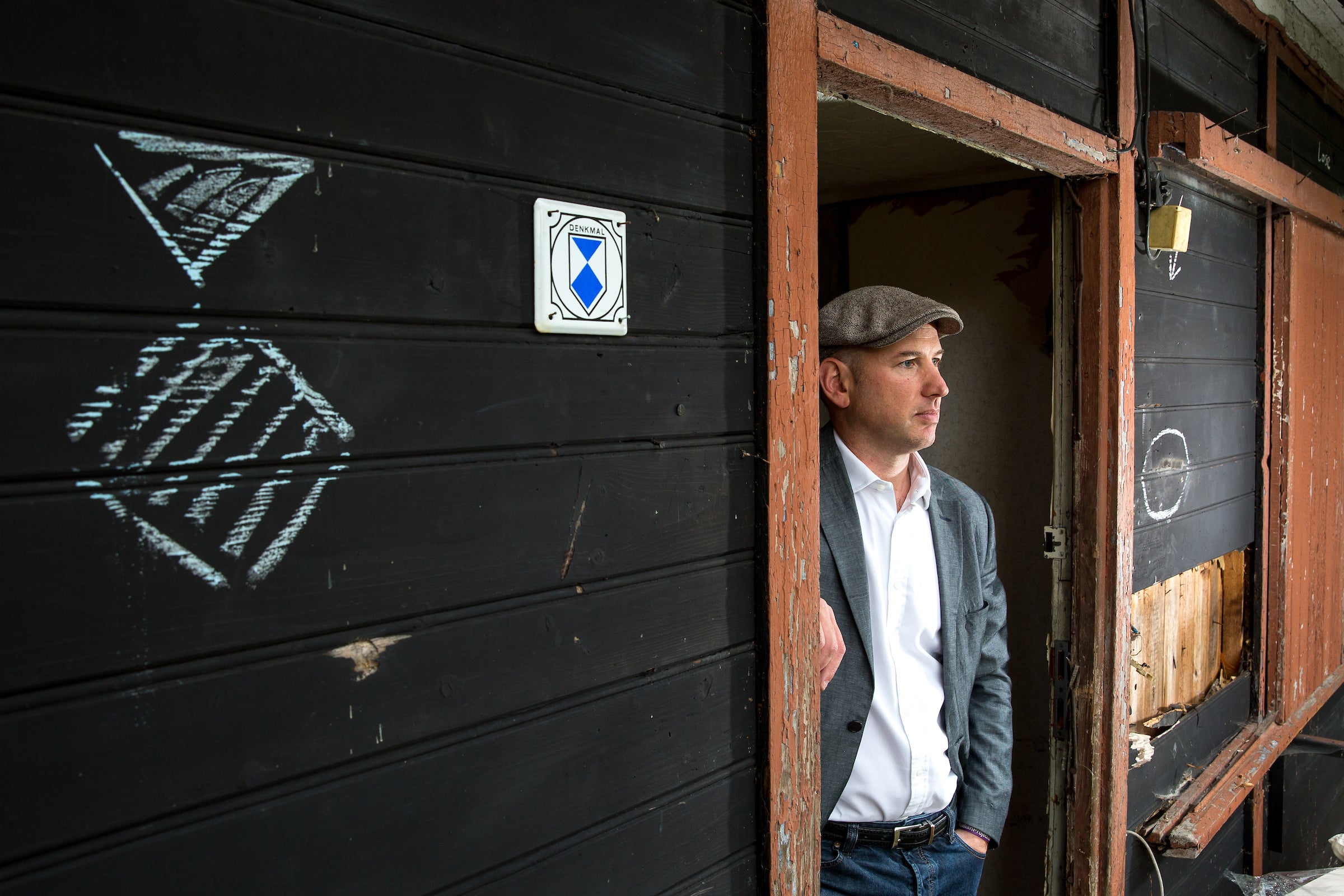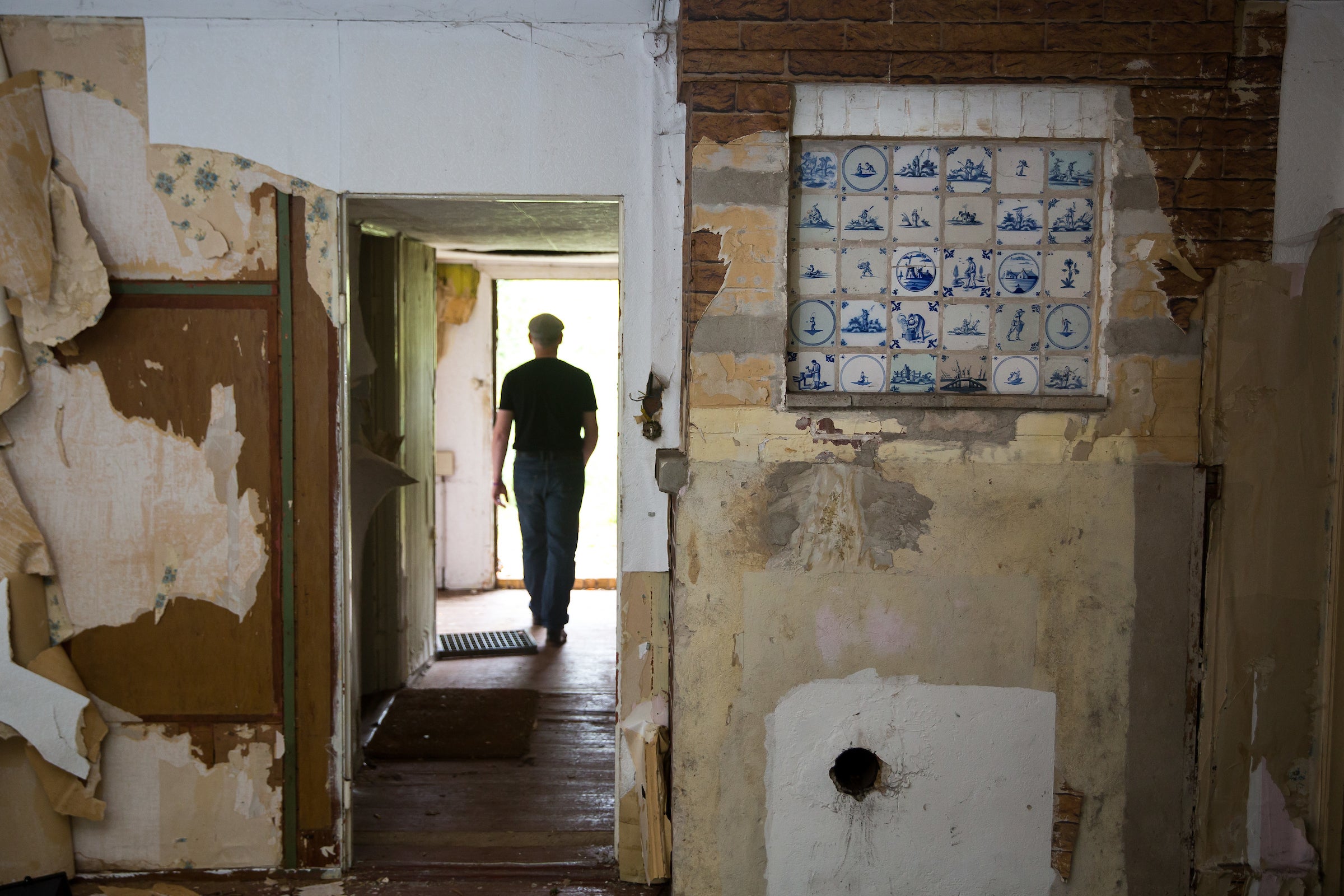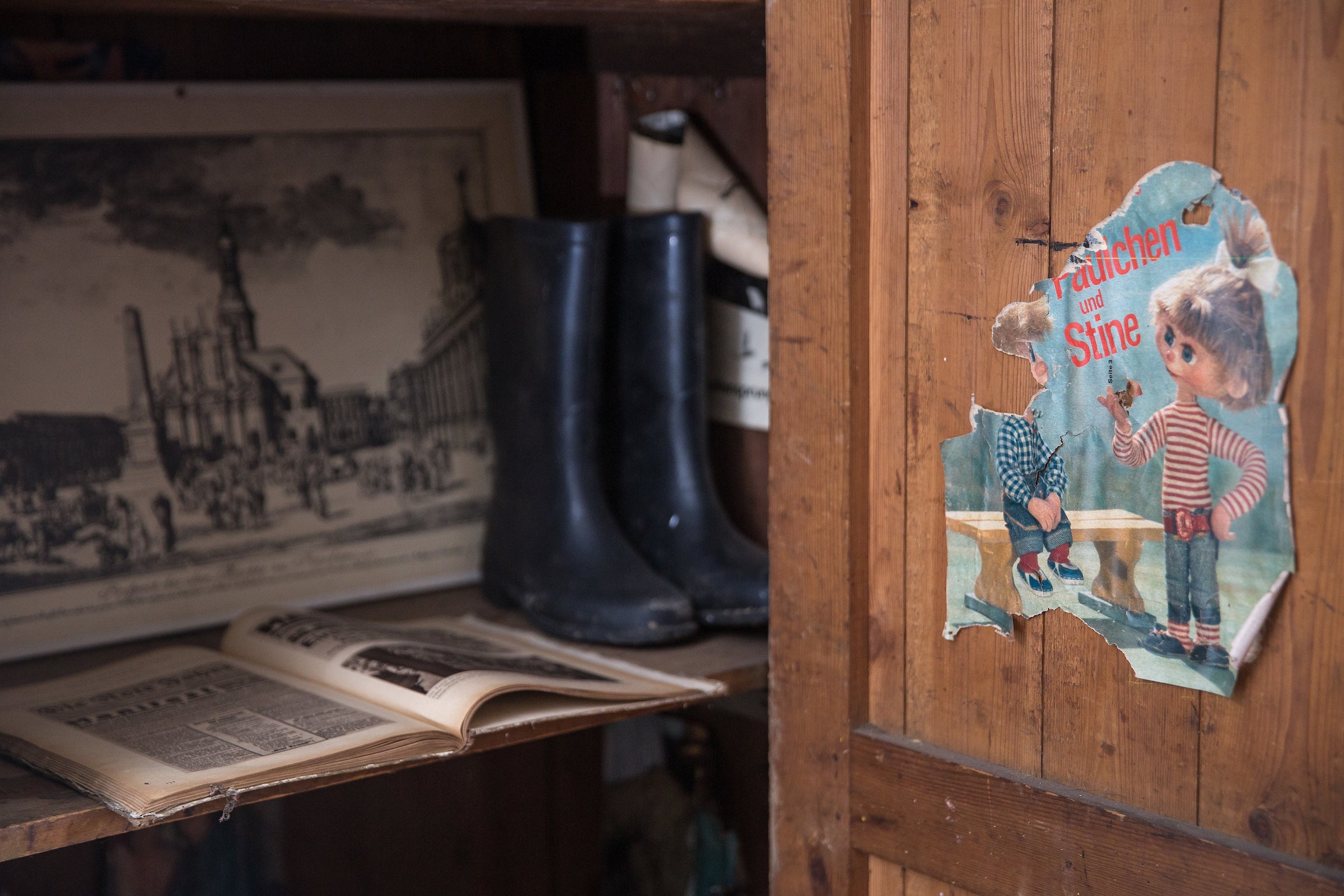The Independent's journalism is supported by our readers. When you purchase through links on our site, we may earn commission.
The incredible story behind German summerhouse that survived the Second World War, Berlin Wall and inspired a memoire
The tale of Alexander Haus, the inspiration for 'The House by the Lake', is finally being told

Your support helps us to tell the story
From reproductive rights to climate change to Big Tech, The Independent is on the ground when the story is developing. Whether it's investigating the financials of Elon Musk's pro-Trump PAC or producing our latest documentary, 'The A Word', which shines a light on the American women fighting for reproductive rights, we know how important it is to parse out the facts from the messaging.
At such a critical moment in US history, we need reporters on the ground. Your donation allows us to keep sending journalists to speak to both sides of the story.
The Independent is trusted by Americans across the entire political spectrum. And unlike many other quality news outlets, we choose not to lock Americans out of our reporting and analysis with paywalls. We believe quality journalism should be available to everyone, paid for by those who can afford it.
Your support makes all the difference.Gross Glienicke lake looks so peaceful you’d hardly believe it was once on the front line between two tribes who nearly went to war. Ducks skim over the still surface of the lake, and – this couldn’t really get any more German – two old ladies in their eighties, as naked as the day they were born, emerge from the water, chatting merrily as they clamber up the foreshore after a refreshing afternoon dip.
Everyone knows about the Berlin Wall (which has now been down longer than it was up), slicing through the centre of Berlin like a knife through the heart of the German capital. But not everyone knows the wall kept going, wrapping all around the perimeter of West Berlin and turning it into an island inside East Germany. Gross Glienicke lake was where the very edge of the capitalist city shaded into the communist countryside, and the wall ran right along the lakeshore – cutting through the garden of one remarkable building in 1961 and separating it from the water.
Overlooking the wall’s wire and watchtowers was a modest summer house, which has inadvertently witnessed the greatest moments in modern German history. Now it’s being painstakingly restored to help tell that grand narrative, as well as its own incredible story.
Today the one-storey wooden cottage – while being a little shabby – looks as homely and welcoming as any other summer house on the outskirts of a Mitteleuropa city. But its story is far from conventional. It was built by a Jewish family, the Alexanders, in 1927. They spent idyllic summers here before history caught up with them, and the house was passed into the hands of a Nazi family, while they escaped to Britain.
When another tiny quirk in the bigger picture left the cottage on the “wrong” side of the Berlin Wall after the Second World War, a communist family took it over. After the fall of the wall, more new occupants arrived. But it stood empty for a decade at the start of this millennium, decaying and mostly forgotten.
But not by everyone. British writer Thomas Harding rediscovered the house in 2013 and told its incredible story in his book The House By The Lake, published by William Heinemann. He had very a personal connection with the property: it was his own Jewish family who had been kicked out all those years ago.

“I first saw it soon after the wall came down with my grandmother,” he says. “It was the last physical trace of their life in Berlin. Then 20 years later I saw it again and it was a drug den. I felt a physical pain in my stomach; I felt attached and I wanted to do something about it.”
The popularity of the book won the house many new fans, and has drawn intrigued readers from around the globe to the beautifully serene lakeside village of Gros Gleinicke, some 20km southwest of Berlin’s city centre and 10km north of picturesque Potsdam. There are various special events at the house throughout the year and volunteers help to clean, repair and pick up litter.
Today the Alexander Haus has a bright future, and will soon be permanently open to visitors. Recently declared a protected historic monument, it’s well on its way to opening as a museum and education centre this autumn – one with a particular emphasis on celebrating refugees.
David Chipperfield Architects, who have an office in Berlin as well as London, have designed a new building which will sit alongside the Alexander Haus and offer overnight accommodation.

“It will become a place of reconciliation, children will come…” says Harding. “We wanted to think about how history informs present day problems and to use history as a way of bringing people together.”
He adds: “We didn’t want to do the project too quickly though. We are working with villagers and schools. We’re also working with the German embassy in London and the British embassy in Berlin.”
For those who believe that buildings are more than just bricks and mortar – that they’re more like a reliquary for dreams and memories – a visit is enough to get you mulling on the brevity and beauty of life itself. This feeling is enhanced by the stillness of Gross Gleinicke, where the only sounds are the rustling of branches, the dinging of bicycle bells and the singing of birds; this, despite it being so close to Berlin’s relentless buzz.

“Everybody lives somewhere. It’s about a home, it’s about memory and belonging,” says Harding. “The house is small, it’s not some giant villa. We can all relate to it. Somehow it’s survived impossible odds. We’re working with Yasmeen Akhtar, CEO of TrustLab, and she said: ‘The house provides the physical bridge between the past and future.’”
When you lay eyes on those wooden walls, you can’t help but think of the lives that were lived here, and the traumatic times the Alexander Haus’s various residents survived. Now, those stories will be heard by thousands of visitors too. The Alexanders may have lost their home back in the 1930s, but now their story will never be forgotten.
Travel essentials
Getting there
Flybe flies from Birmingham and Cardiff to Berlin Tegel from £89 return.
To reach the Alexander Haus take S Bahn Line 7 from Berlin Zoo Station to Potsdam Hauptbahnhof and then local bus 638 to the village of Gross Gleinecke. There are also plenty of walking and cycling routes around the lake.
Staying there
Christopher stayed as a guest of the Holiday Inn Alexanderplatz Berlin (doubles from £64, room only) and the Hotel Indigo Ku’Damm Berlin (doubles from £83, room only).
Join our commenting forum
Join thought-provoking conversations, follow other Independent readers and see their replies
Comments